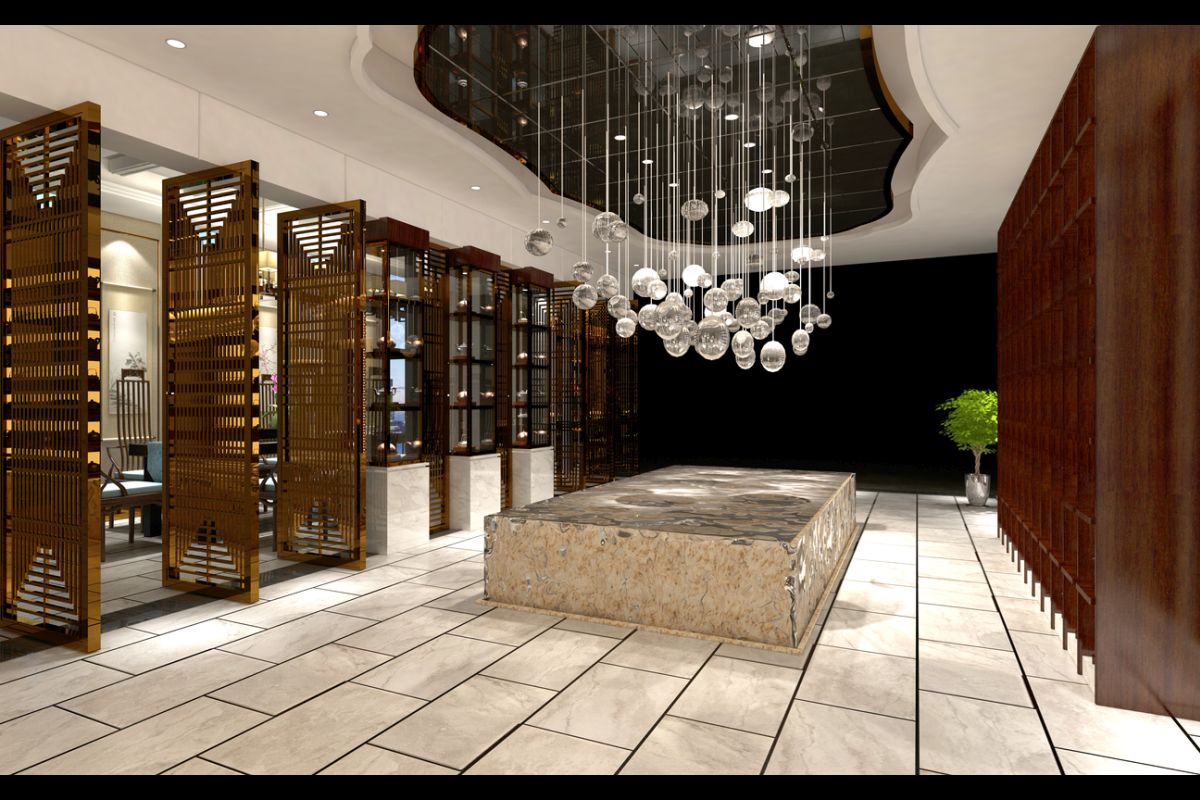Indian Hotels net up 59% in Q3
Indian Hotels Company, a Tata Group firm, on Friday reported a 59 percent jump in its standalone net profit at…
One of the significant components of operating cost in Hotels is the energy consumption, which the industry is seeking to address as the price of energy continues to rise and the usage also increases.

(Representational photo: Getty Images)
The hospitality industry has always focused on Customer comfort and convenience as their primary objective. Providing a memorable customer experience through a combination of room features, hotel amenities and level of service has rightly been the dominant aspect of the thinking in this industry. But, increasingly with profit margins under pressure, Indian hotels are looking at ways to improve their cost structure.
One of the significant components of operating cost in Hotels is the energy consumption, which the industry is seeking to address as the price of energy continues to rise and the usage also increases as hotels offer more amenities for the guests. The energy in hotels is consumed most significantly by air conditioning followed by lighting and lastly that consumed by building level assets like motors, pumps, refrigeration and elevators.
For many of the hotels that are in operation, it is not feasible to switch such energy consuming assets and replace them with more energy efficient versions. Not only is it expensive to effect such a change, but it is also disruptive to the operation of the business. Most hotels that are in operation would not want to even lose a single day of revenue from rooms that have the potential to be occupied or to have solutions that require re-wiring or other such types of construction activities that would disturb the experience of their guests. Fortunately, there are a few options that hotel owners and operators have recognized that can be deployed by them without changes to most of their existing electrical assets. These solutions also can be deployed often quickly without being disruptive to the guests or imposing on the revenue stream of the hotel. There are 3 types of solutions that are being pursued by hotels in recent year
Advertisement
Efficient Room Air Conditioning Management.
Sensor-based Lighting
Building Management Systems (BMS)– for centralized control
Guest Room air conditioning is one of the major guzzlers of energy. The older the air conditioner the more likely it is that the energy consumption is higher for the same tonnage. Most often the air conditioning systems in hotel rooms are VRF or split AC’s. In some luxury hotels they tend to commonly be Centralized AC systems. The controls for these air conditioners are either IR remotes that are provided in each room, or in the case of centralized systems, there are thermostats present in each room. Hotels sometimes control the power to the room, using key card holders where the guest must insert their card keys to provide power to the room. But that solution does not work well for air conditioners, since cutting off power to also reduce the life of the air conditioner. Also, once turned off in this manner, it requires guests to use the remote control to restore the air conditioner to working condition. In the case of the thermostat controlled room, it is not a feasible option to turn off the power to the thermostat. So the latest technologies in Smart Automation allow for thermostats and IR control nodes to be triggered from the key card holder which operate well to manage the air conditioner both when guests are in the room and out. Dr. Narendra Bhat, President of BuildTrack had this to say about these technologies, “These new technologies operate wirelessly and can be retrofitted to existing hotels so that they trigger the air conditioners on or off without having to disrupt their power supply constantly, allowing for energy efficiency and longer life for the air conditioners whether they are VRF, Split or central”.
Lighting is an area where more and more hotels are switching to efficient LED’s instead of the traditional incandescent or CFL lighting and seeing the benefits of lower energy consumption. But in many areas such as aisles, passageways and bathrooms there is still significant energy wasted when lights continue to work even when no one is present. Many hotels are now adopting PIR (passive infra-red motion sensors) and daylight sensors in these spaces to minimize the consumption of energy without impacting customer experience. These sensors can be wireless or wired and can be retrofitted to existing situations to work, and they are able to turn off the lights when either no one is present in that space where they are placed or there is sufficient daylight. This allows a substantial reduction in energy consumption for lighting.
Building Management Systems (BMS) are relatively new technologies being pursued by Hotels. State-of-the-art technologies such as ‘Internet of Things (IoT)’ are enabling the creation of economical BMS options that can be often even be retrofitted into existing hotels. These BMS systems enable centralized control as the means of energy efficiency to the Hotel operators. All lighting and air conditioning in common areas are controllable from a centralized location using the BMS system. This is especially useful to eliminate energy wastage in areas such as banquet rooms, conference rooms, aisles, stairways and other spaces. If smart energy meters are used, then the actual energy consumption can be live monitored to identify unexpected spikes in usage and to make corrections.
So, by embracing some of the latest technologies in smart automation available to them, both new and existing hotels are finding ways to achieve greater energy efficiencies without sacrificing the comfort that they provide to their guests.
(Inputs: Dr. Narendra Bhat, President of BuildTrack)
Advertisement